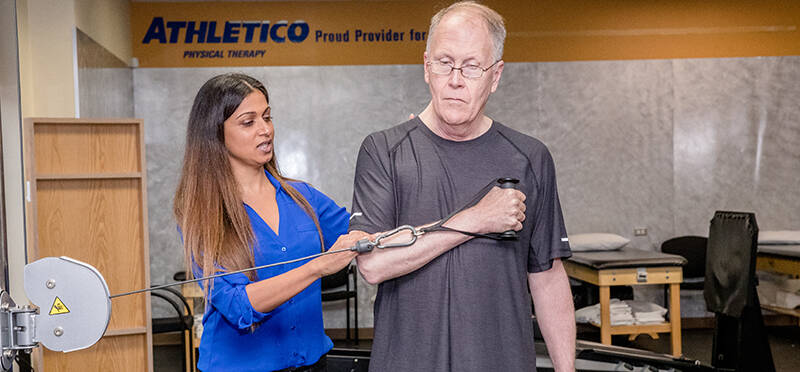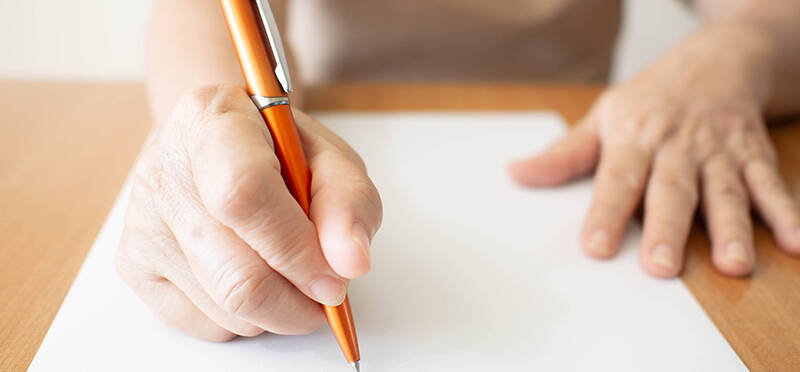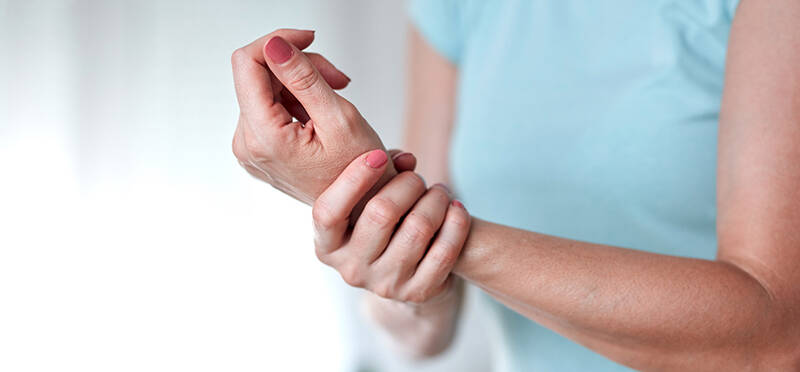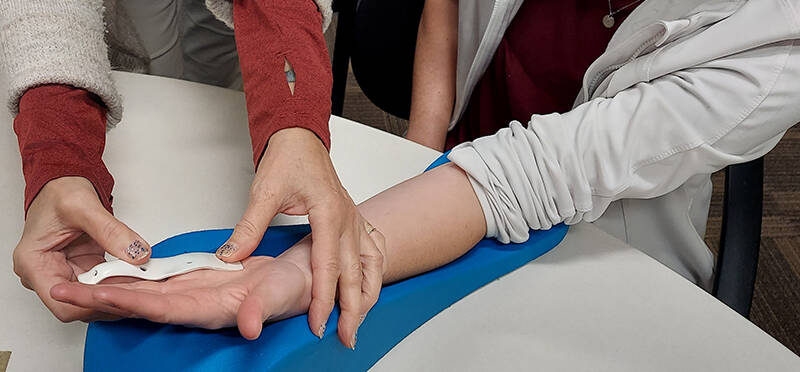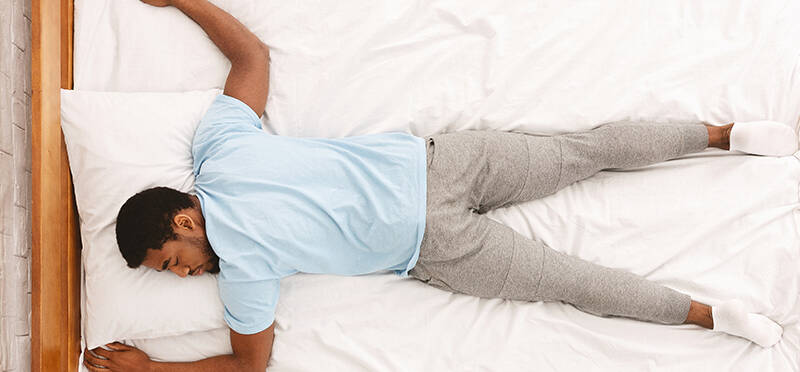What Does Physical Therapy Look Like After A Stroke?
Posted on May 31, 2023 by Andrew Cassidy, PT, DPT
During one year in the United States, 795,000 people will have a stroke, or cerebrovascular accident (CVA)1. Of these, 610,000...
(more…)




